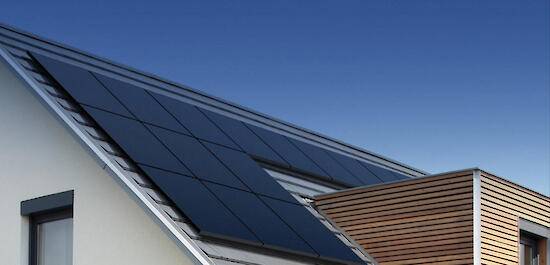You’ve seen them on rooftops, in fields, along streets and you can see them more often across the countryside. But how do they turn sunshine into electricity? Simple! Through semiconductors. Of course, there’s more to it.

Comprender cómo funcionan las células solares es la base para entender cómo funciona el sistema solar. Pero antes de sumergirse en el asunto, debe saber que las células solares juntas forman un módulo y cuando los módulos están conectados, forman un sistema o instalación solar. Que es una azotea residencial típica hoy en día.
Entrando en materia.
Solar cells have a material that allows them to conduct electricity only when energy is provided, meaning the sunlight. This material is called semiconductor. When the semiconductor is exposed to sunlight, it starts to absorb the light, transforming it into negatively charged particles known as electrons. Then the electrons flow through the semiconductor as electrical current and go through the metal contacts before it travels to the inverter. Once it arrives at the inverter, it converts the direct current (DC) to an alternating current (AC), which flows into the electric grid and connects to the household’s electrical system.
A tener en cuenta
Mientras los rayos del sol continúen llegando al módulo y el circuito esté conectado, se seguirá generando electricidad.
Fuente: Office of Energy Efficiency and Renewable Energy
